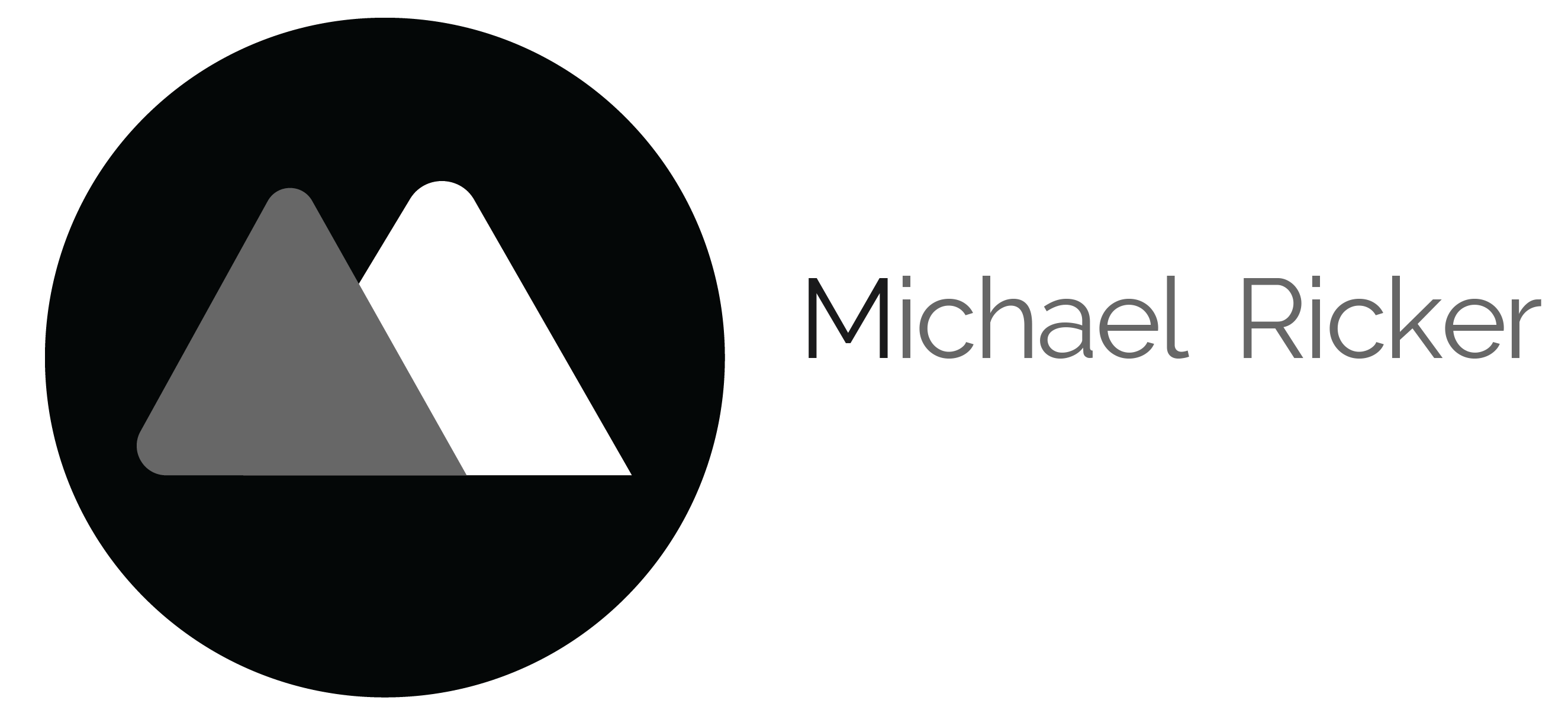This is one of the last few close to "final" iteration of a video walkthrough that would play on device @ retail that myself and another very talented colleague designed for Amazon's first (and only) smartphone.
Some of the more challenging objectives we were up against on this project were that we needed to show of the "Dynamic Display" of the 3D screen effect on the device. The Dynamic display was a hardware/software feature that utilized 4 front facing cameras to provide a "parallax effect" when the user rotated the device. The challenge was that this demo would be a looping video that would play on the phone inside retail stores. One of the ideas we had was to introduce a CG hand holding the device in some scenes so as to be able to accurately showcase the feature. While this ambitious endeavor was appreciated by even Jeff Bezos himself, unfortunately, the CG hand would not survive many more design rounds, the hand was eventually cut off before the final Retail Demo Video would be published out to retailers across the world.
Another very concerning challenge was that this video needed to be "baked" inside special "demo units" weeks in front of the final release of the smartphone. We were able to overcome this challenge by working with the UX team and ultimately adding in our own UX motion and interaction designs in many cases, as there was simply not enough time to wait until a final software build was complete. As a previous "UX" and "Motion" designer @ Microsoft's Windows Phone design team, I was able to fill in the many gaps without too many inconsistencies when compared to the final software build.
Years later when I went to work @ Samsung, I was able to help the team address many of these concerns by leveraging Samsung's fantastic "over the air" remote management of these retail devices. By utilizing the front facing cameras I suggested to the engineering team that we use basic facial recognition techniques not to track and store customers info but just to simply accurately distinguish our back-end cloud-based analytics. This allowed our system to provide much better accuracy in our usage data, since before it counted a "new user" every time someone engaged a demo device @ retail even though often that would happen by the same user, jumping back and forth as they would compare smartphone/tablets in the natural shopping environment. My facial recognition design was key in solving this problem, even drastically enhancing our retail analytics by including age, sex and ethnic identities of all who engaged Samsung retail products @ retail.
In addition, I was also challenged with coming up with a solution to the 300+ million dollars a year (US only) problem of our retail demo screen burn issues. Screen burn is an issue that many displays face when they are playing the same content and running 24/7 as they often do in a retail environment. This issue plagued Samsung and much other hardware manufacturers for years. After the problem was pushed onto my desk I started reading everything I could about Amoled screens and specifically what caused screen burn. In doing my research I found information that suggested a way to maintain and even reverse the hardware breakdown in the screen pixels as a result of screen burn. Apparently, by flushing the screen with it's native RGB (red, green and blue) colors rapidly for a set amount of time there was a substantial amount of evidence that the screen damage could be reversed!
I started playing around with different "RGB" animated patterns and tested a few devices at the office which had been effected by screen burn. Low and behold after a day or two the previously damaged screens had been fixed! With this information, I presented this recipe along with turning off the displays at night through our remote controlled retail demo application. Management responded very favorably to this suggestion and had the engineering team immediately start implementing it into the retail application.
Later I was included as main "Inventor" on this feature as it pertained to retail Android applications as a company patent, in fact it was the first patent our team had ever recieved.
